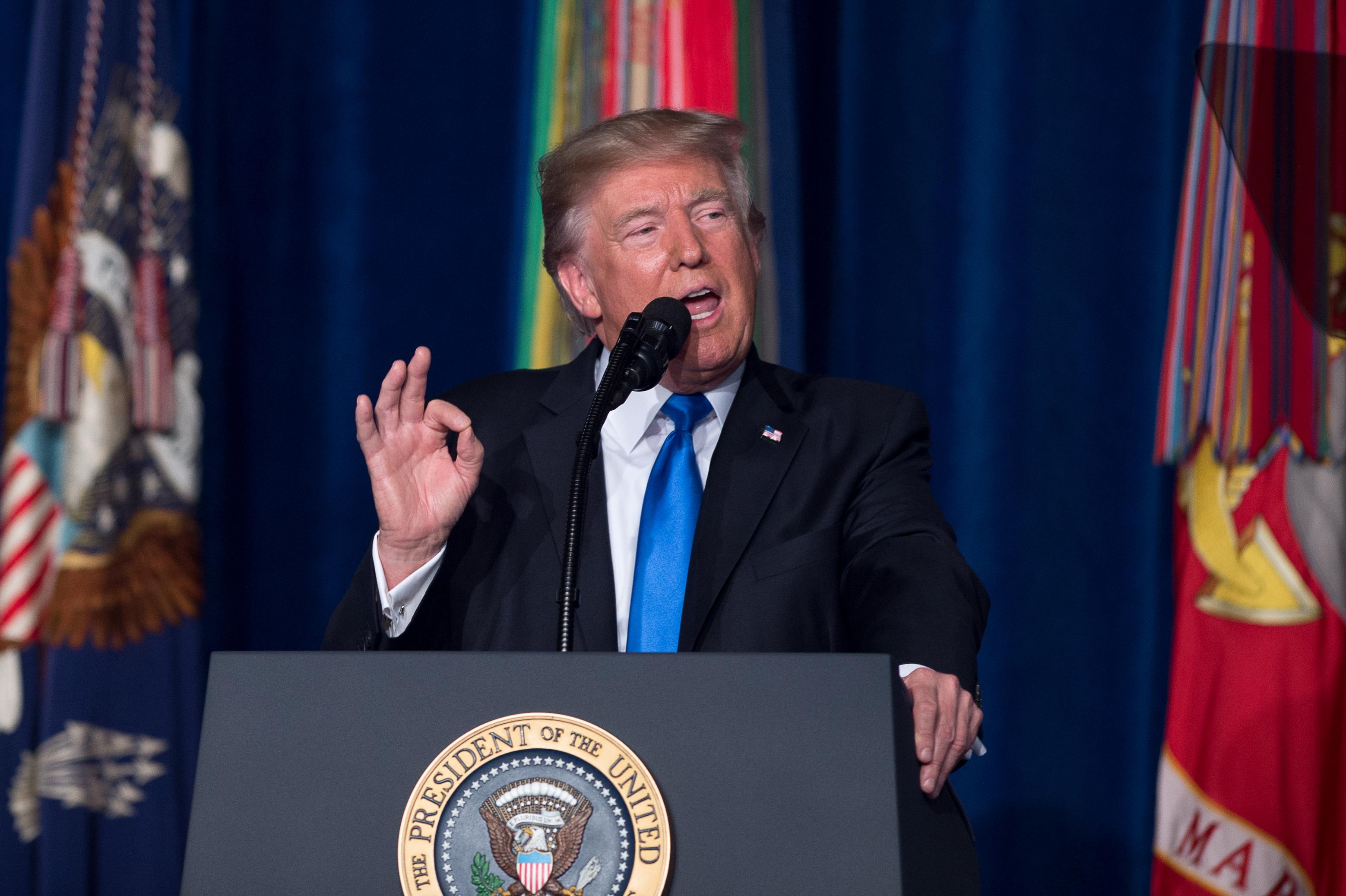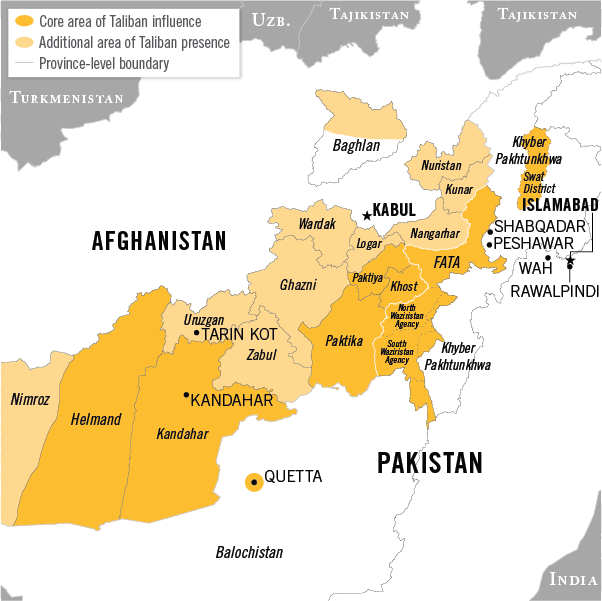
On August 24, 2017, President Donald Trump issued a statement on the United States’ foreign policy regarding Afghanistan and the Middle East. During his address at Fort Myer in Arlington, Virginia, Trump harshly criticized Pakistan’s role in aiding militants who destabilized Afghanistan and hurt U.S. efforts to bring stability to the region. Trump painted the picture as if Pakistan were solely to blame, but the situation is far more complicated than Trump makes it out to be.
The U.S. and Pakistan have relations stretching back to Pakistan’s creation in 1947. The ties intensified as the U.S. sought a partner in the Middle East against the USSR’s increasingly aggressive land grabs. The U.S. Pakistani relationship has had its ups and downs, but Trump’s most recent statements seem to mark a new low.
In his speech, Trump decried Pakistan’s harboring of militant groups as destabilizing and he threatened to cut off U.S. aid in an attempt to force Pakistan to cooperate.
Trump’s hardline approach is supported by some experts. In a Hudson Institute Report, authors Hussain Haqqani and Lisa Curtis stated that the challenges facing the U.S. and NATO in their goal of preventing Afghanistan from becoming an international terrorist hub, “insurmountable when the principal insurgent groups enjoy safe havens in Pakistan.”
The war on terror, however, has also affected Pakistan. Since around 2004, over 60,000 Pakistani civilians, journalists and security forces have died; the war has cost Pakistan $120 billion dollars. Trump’s position is backed up by experts, and some, such as the Brookings Institute’s Bruce Riedel have suggested that “A review of whether Pakistan should be considered a state sponsor of terrorism —a draconian measure— should not be ruled out if conditions don’t improve.”
Trump’s plan to remove U.S. aid, however, would encourage new trade between Pakistan and China. China seeks economic leverage in Pakistan and more generally, South Asia. Currently, India and China are interlocked in a sort of battle for supremacy in South Asia. China is interested in Pakistan because a strong partnership would provide them with direct access to Pakistan’s Gwadar port. Having access to Gwadar means two things: China can trade through a country where they hold more influence, and they also gain access to the Straits of Hormuz, through which 40% of the world’s oil passes. Trading through Pakistan would also diminish the influence of a U.S. ally, India. For its part, Pakistan would receive an influx of infrastructure spending to their unstable economy as well as a new and possibly profitable trade partner in China.
Given the potential economic aid from China, Pakistan will likely see less need to force out insurgent groups which pose little to no threat to their own state. These groups provide extra firepower and what amounts to a decent buffer for Pakistan as it seeks to achieve its goal of being a secure and powerful country in the Middle East. However, while the United States would lose direct influence in Pakistan should they withdraw support, China’s similarly anti-terrorist views should prove valuable as the situation develops.
Regardless, it doesn’t seem like Pakistan will be shifting their position any time soon. In an interview with CNN, deputy director and senior associate for South Asia with the Asia Program at the Woodrow Wilson Center, Michel Kugelman, said “Pakistan has ironclad immutable strategic interests which dictate maintaining ties to groups such as the Taliban.”
Pakistan’s future is rooted in their alliances with groups such as the Taliban, and any plan that doesn’t include a political solution for their insurgent allies creates a situation where they are sandwiched between two potentially hostile countries, India and Afghanistan.

After Trump threatened to punish Pakistan for harboring anti-NATO insurgent groups, he returned to talking about Afghanistan. Moving away from specifics, Trump stated that he desired “an honorable and enduring outcome worthy of the tremendous sacrifices that have been made” and while he didn’t express a desire for a prolonged conflict, his statement that the “the consequences of a rapid exit are both predictable and unacceptable” seems to indicate that his plan would possibly call for years of involvement.
While Trump did not mention specifics, The Washington Post’s article on Trump’s speech said “congressional officials said the administration has told them that roughly 4,000 U.S. troops would join the 8,500” already stationed in Afghanistan. The idea that the United States might return to some of its older strategies has already drawn the ire of analysts and former U.S. diplomats. Trump’s plan, which involves conditional aid, (most likely) a troop increase, and other measures to crack down on corruption in the Afghani government, has been tried before with marginal success.
Recent U.S. Special Representative to Afghanistan and Pakistan (SRAP) Laurel Miller said in an email to The Atlantic, “Reformulations of these same measures are not likely to produce greatly improved results.” But she optimistically noted that “If the president were to launch [a] serious initiative to achieve a negotiated settlement of the conflict, prioritize on a par with the military efforts, that would be something new and potentially promising.”
People who have worked in the SRAP position similarly stressed in other The Atlantic interviews that the United States’ plan in Afghanistan, should it achieve any stability, will involve serious political and diplomatic negotiations. As mentioned before, other experts have different opinions on exactly what steps should be taken, but most agree that the current situation calls for a different style than previous administrations.
All told, with President Trump’s penchant for minimal details and a decidedly complicated situation in the Middle East, it remains to be seen whether the United States will follow through in the way Trump has announced and in what has been speculated.





